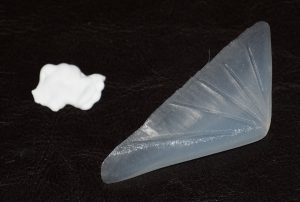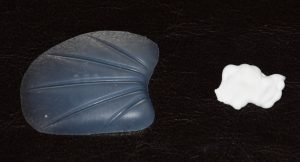Injectable fillers have come a long way since the approval of the first non-collagen based product in 2002. While once conceived as only a way to make lips bigger and nasolabial folds less deep, injectable fillers have evolved into an aesthetic technology that has a wide number of facial uses. Aiding the expanded uses has been helped by the large number of different filler compositions offering variability in viscosity and flow charactistics as well as in longevity and in how they create their effects.
Fundamentally, injectable fillers are used for two main aesthetic applications, spot filling and volumetric enhancement. It is the latter that is often coined as ‘non-surgical facial sculpting’. That term is probably more accurate than not as it definitely takes skill and a good eye to get pleasing facial volume results with fillers. There is more art to it than science.
When it comes to facial volumetric enhancement with fillers, they are often compared to and even viewed as a substitute for surgical solutions to the same problems. Some injectors view synthetic fillers as a better treatment choice as they are easier to do and have less risk of complications than surgery. While that is true, that does not mean they always give better aesthetic results or offer the best value for the money invested to do them. There are advantages and disadvantages with both approaches depending upon exactly what facial application to which one is referring.

Other injectable fillers can be used for a skeletal effect but are placed in the subcutaneous tissues and not down at the bone level. In these cases, a hyaluron-based filler like Juvederm or Perlane are preferred which have higher material concentrations and will last about a year also.
The face is made up of a lot of non-skeletal areas that are not supported by underlying bone. These include two large areas in the lateral face and the temples. In the triangular area between the cheeks, chin and jaw angles lies the lateral facial region whose shape is not dependent on any bony support. It can be concave, flat or convex depending upon the shape of one’s face and the thickness of the underlying soft tissues. This area has garnered a lot of attention in facial aging as it becomes more concave in some people as they age due to fat atrophy. Plumping it up with fillers has become popular as a rejuvenative manuever. I prefer Sculptra for the lateral facial triangle because of the volume of material needed. Using an 8cc per bottle reconstitution of Sculptra creates an almost pure watery form. This makes it easy to get a good amount of material over this large area and have a low risk of creating any lumps. Sculptra does not work immediately and it takes time and three total injection sessions to get the best result. But it will last for up to two years.
The temple area is another soft tissue supported area. Muscle and fat make up its shape and it is smaller than the lateral facial triangle but still has a sizeable surface area. Sculptra seems to work best in this area because of the volume needed. But the result and its persistence can not be compared to the relatively simple placement of a subfascial implant. Again, fillers here are more of a trial to determine if an implanted result is worth the effort.
Injectable fillers can also be used in the nose for limited amounts of reshaping. This has led to the concept of the ‘non-surgical rhinoplasty’. In truth, this moniker has a large marketing slant to it because fillers can not obviously replicate what a surgical rhinoplasty does. But to temporarily mask an upper nasal bump, fill in some asymmetries or do a little tip lifting, the judicious use of fillers can make some aesthetic nasal improvements.
Dr. Barry Eppley
Indianapolis, Indiana



